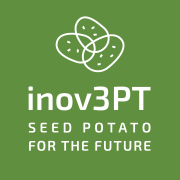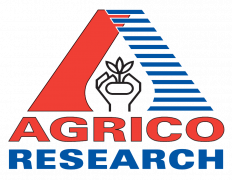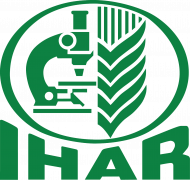Abstract
Upgrading of food processing residues is currently a topic of global interest as scientists and industries have focused on using natural sources of antioxidants as an alternative to synthetic ones. The aim of the present work was to assess the potential of potato peel extracts of cultivars Gala and Jazzy in 96% ethanol, 80% ethanol and water by using antioxidant assays as well as model systems that contained food lipids. Extracts in 96% ethanol contained the highest amount of total phenolics (40.5 and 28.4 mg/g of dry weight) and showed the highest antiradical, reducing and iron-chelating potential, followed by extracts in 80% ethanol. The order of the extracts’ activity in β-carotene bleaching assay was strongly concentration-dependent. Potato peel extracts showed high efficiency in retarding oxidation of rapeseed oil, where they performed better than butylated hydroxyanisole (BHA) and butylated hydroxytoluene (BHT). They also delayed conjugated diene and volatile formation in sunflower oil. Compounds of potato peel extracts act via several mechanisms, assuring long-term protection of food lipids. They are a promising source of antioxidants that should be chosen carefully for a given medium in order to be stabilized and to obtain optimal results. The manner of potato peel valorization proposed here is in line with the global challenge to reduce food production waste residues and also gives an opportunity to extend the shelf life of food.















